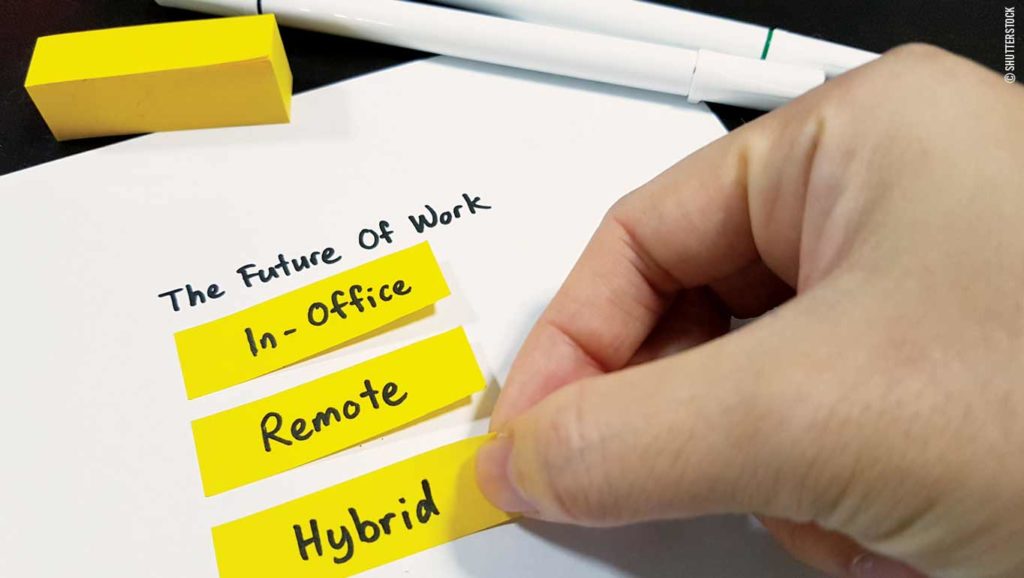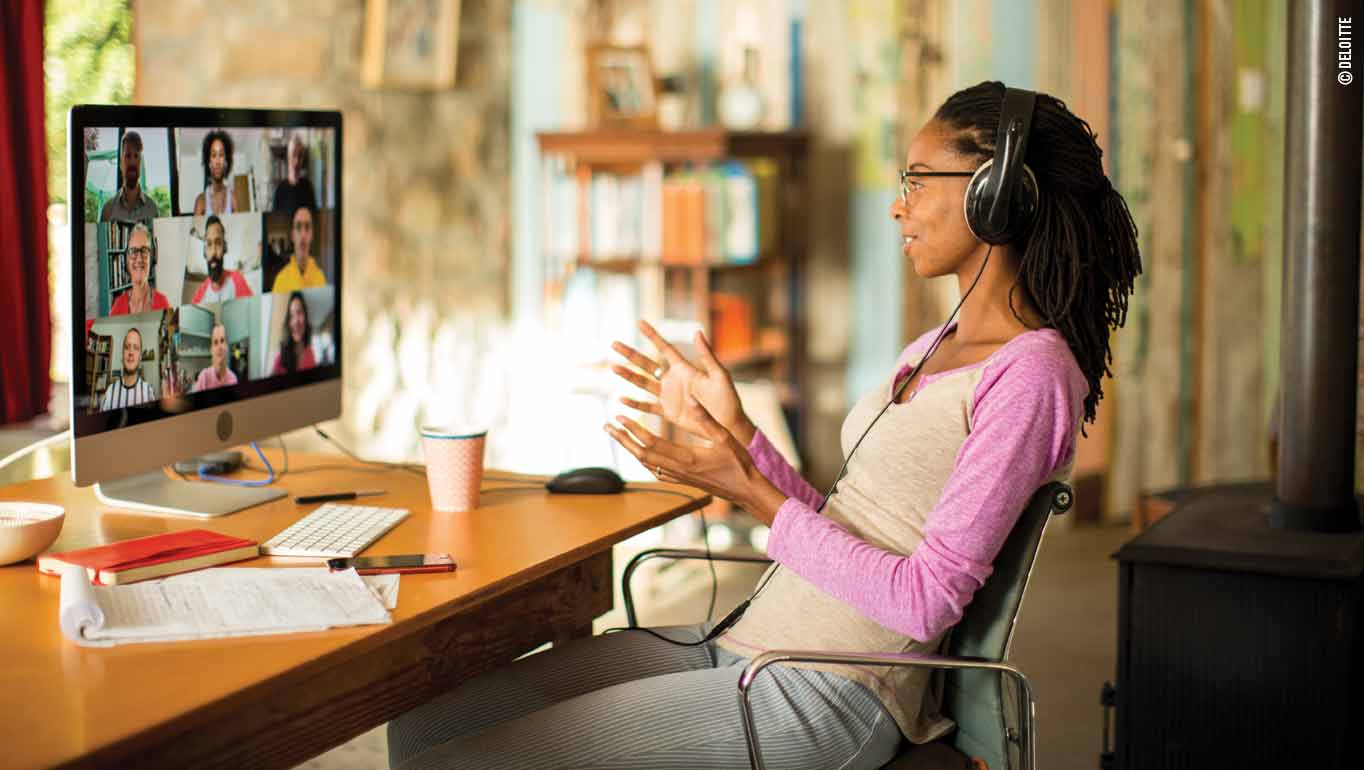How to get the best from the workforce has been a favorite question of management gurus for decades. Open plan? Cubicles? Hot-desking? How about management by walk about? The COVID-19 pandemic brutally interrupted this discussion.
Suddenly, across the world, office working was prohibited, except for certain jobs in which the office was essential. Remote working, long at the heart of the discussions about the ‘Future of Work,’ became the new reality, and management by walk about was now entirely out of the question.
Almost two years on from this forced change, the results of the experiment in large-scale remote working are beginning to emerge. They challenge past orthodoxies and raise new questions.
Home produce
Decreased productivity, a big worry for those resisting any remote working transition, has not materialized. On the contrary, early surveys suggest that workers feel more productive working from home. It’s apparent that parts of our daily work can be done just as well remotely as in the office, and many workers are delighted not to spend hours commuting, often expensively, from home to office. They find it easier to combine their home and work lives. They see more of their family. Childcare and family activities can be carried out with less difficulty.
Strain in isolation
However, productivity gains could also be erased by negative impacts of remote work. There are reports of increased anxiety and a sense of isolation, and some workers find that breaking the boundaries between work and home means they work longer hours. Also, attending online meetings from the home environment can, for some, have an adverse impact on well-being and motivation. So, too, can the absence of the personal, human connections of the workplace. Employees can lose their sense of belonging to the organization.
A non-binary world
As a result, most workers do not want to return to the office full-time, nor do they want to work entirely remotely. As leaders look to the future and decide where work will be done, the decision should not be seen as binary, either full-time office or totally remote. The better idea is to become more fluid. What’s needed is a hybrid workplace for a workforce equipped to operate from anywhere, in whatever way feels most productive and engaged. At Deloitte, most professionals and project teams decide on the hybrid working environment that works best for them and their clients. There is no obligation to spend some time in the office.
The human experience must be central to the hybrid workplace. After all, workplaces exist to help employees work their best way. A human-centric perspective includes considerations about performance and productivity, the ability to access dispersed talent, as well as questions of culture, a sense of belonging and well-being. It is about how we collaborate and enable continuous knowledge-sharing.

The remote leader
Some of our old work approaches must be abandoned or re-imagined. Technology designed for office use, performance management considering primarily face-to-face interactions, or employee well-being isolated initiatives may not be as effective anymore.
At Deloitte, we have worked with our clients to create an adaptable environment that empowers employees in the new hybrid working model. Initiatives have included ‘guilt-free flex working campaigns’ in which success stories from the new working model were showcased. Courses were designed to help managers build accountability and embed a culture of trust in a new working environment. Organizations have also redesigned workspaces, shifting from the traditional office to environments that foster collaboration, with more communal spaces to network and discuss ideas. Away from these areas, quiet zones provide space for individual work. Investments in virtual infrastructure simplify connection with colleagues along the hallway — or across the world.
Adaptability in the workplace demands a nuanced understanding of individual employee preferences: the technology they use, physical and digital workplaces, collaborate, and work patterns. One size does not fit all: the environment must be flexible to foster productivity and enhance well-being.
A hybrid future COVID lockdowns will eventually end. Organizations need to prepare for a flexible post-lockdown era with a mix of remote working and office presence. The hybrid workplace should enhance the experience of the workforce, connect people, and emphasize well-being and the values, purpose, and culture of the organization. Companies can become more productive and innovative, while empowering and engaging the workforce. The terrible ordeal of COVID may yet leave one good legacy.


